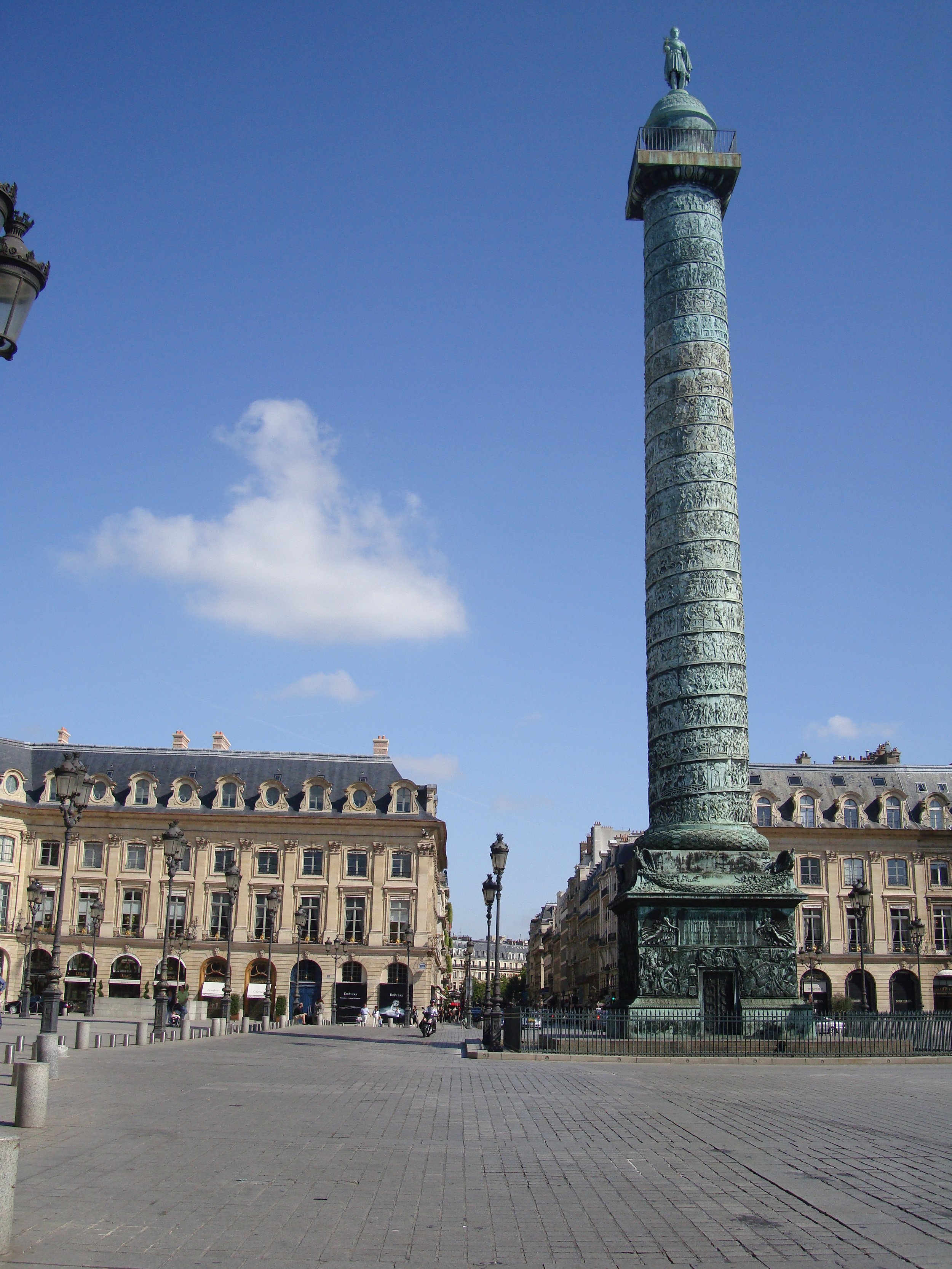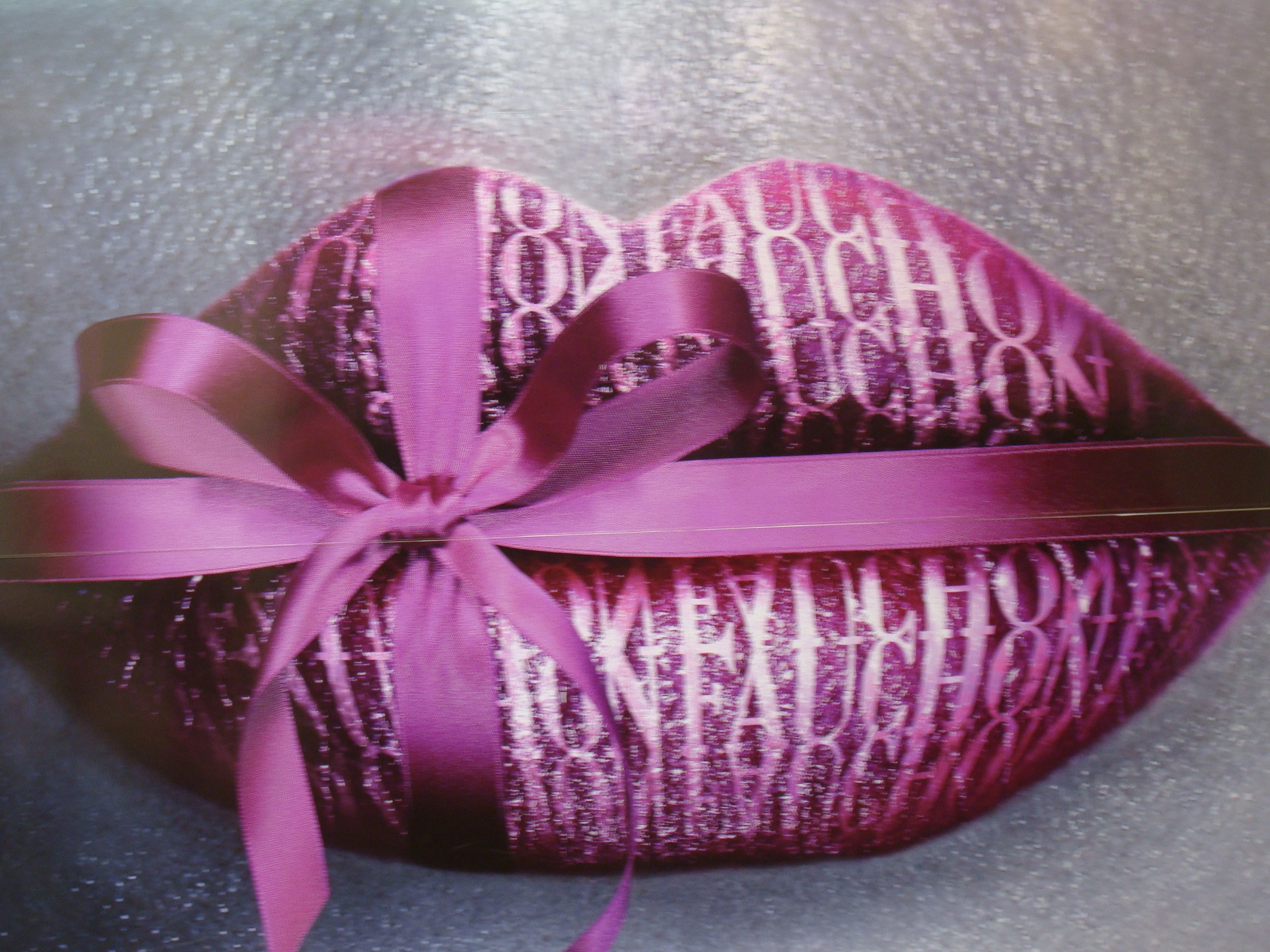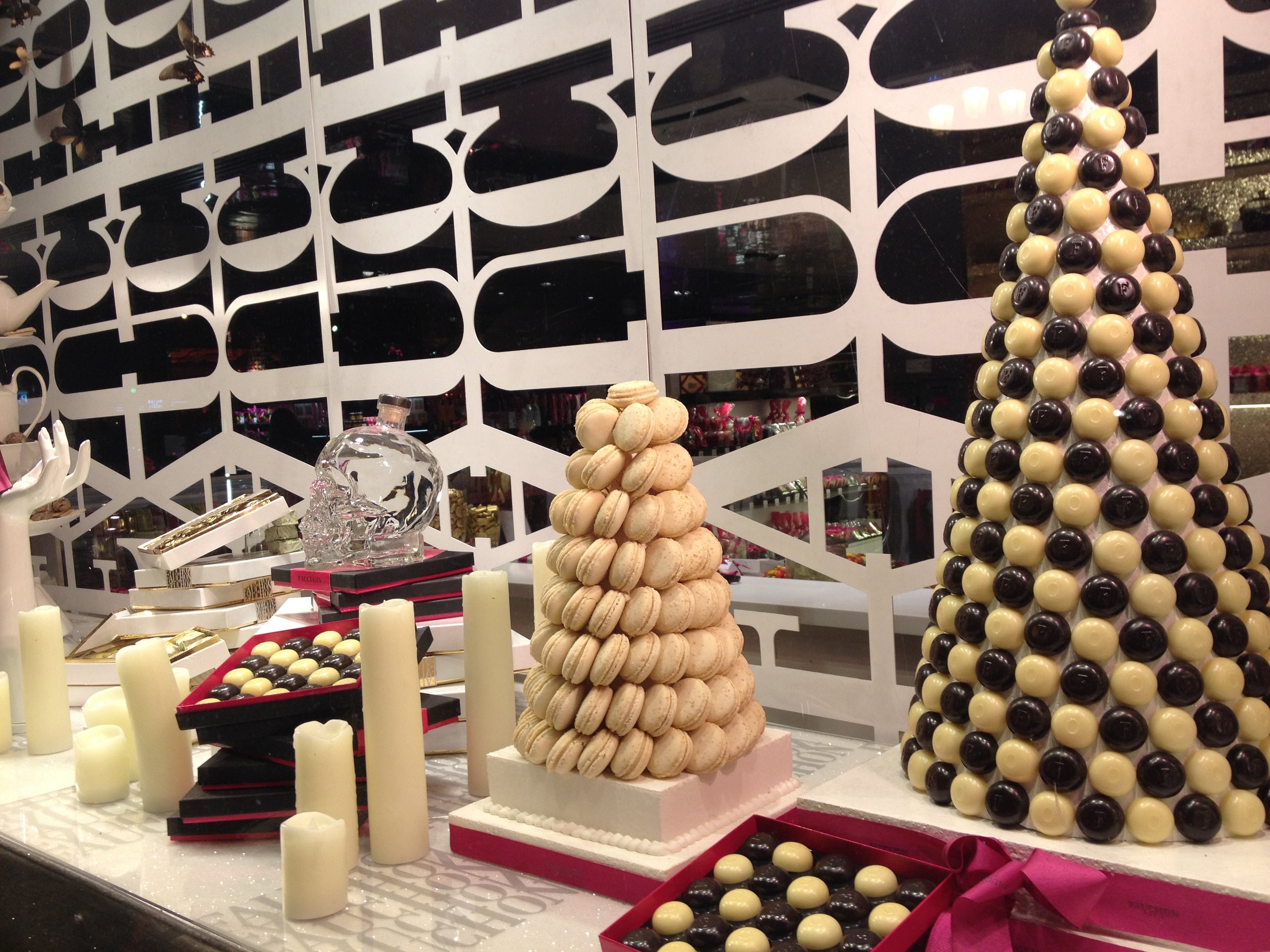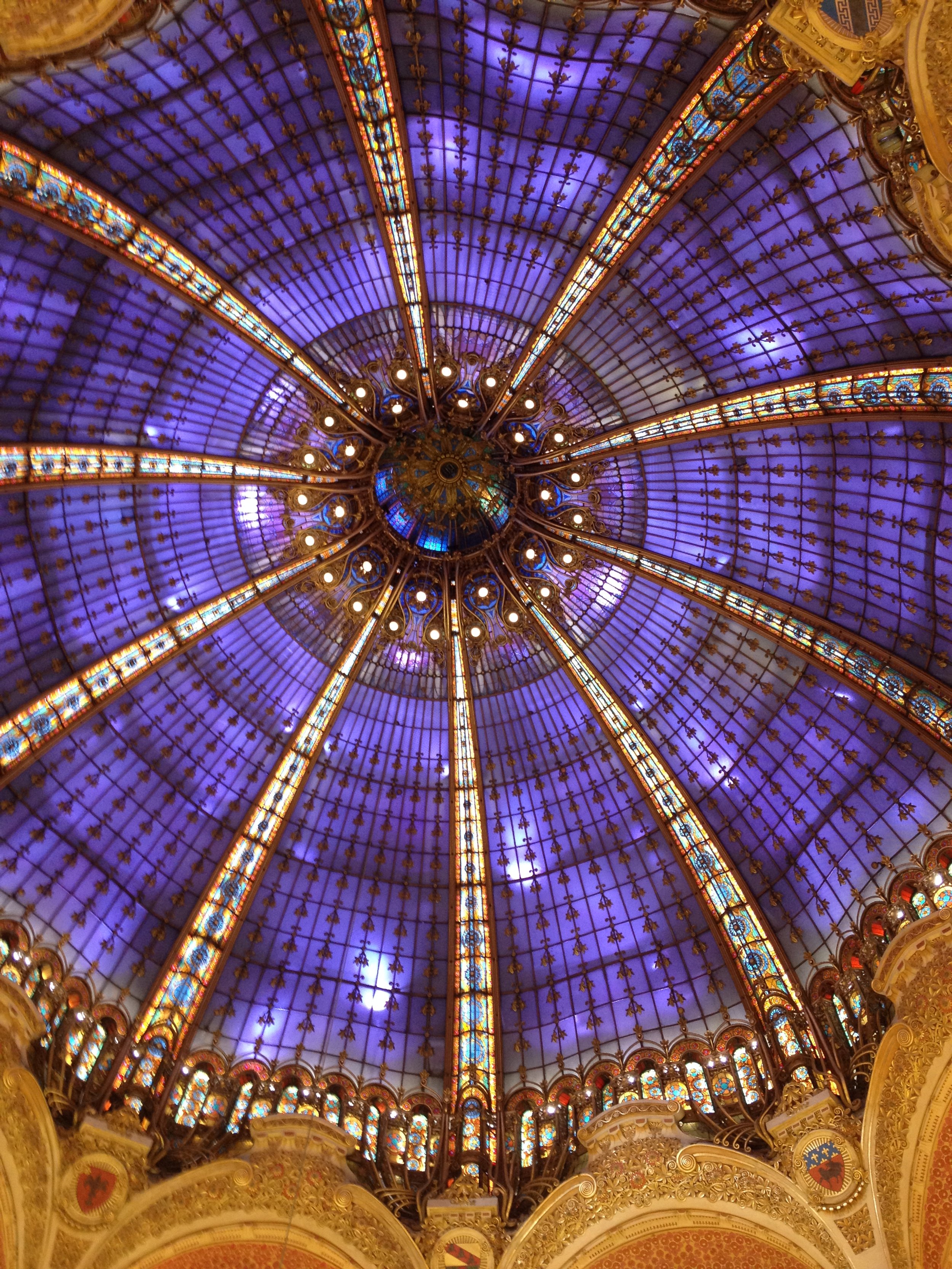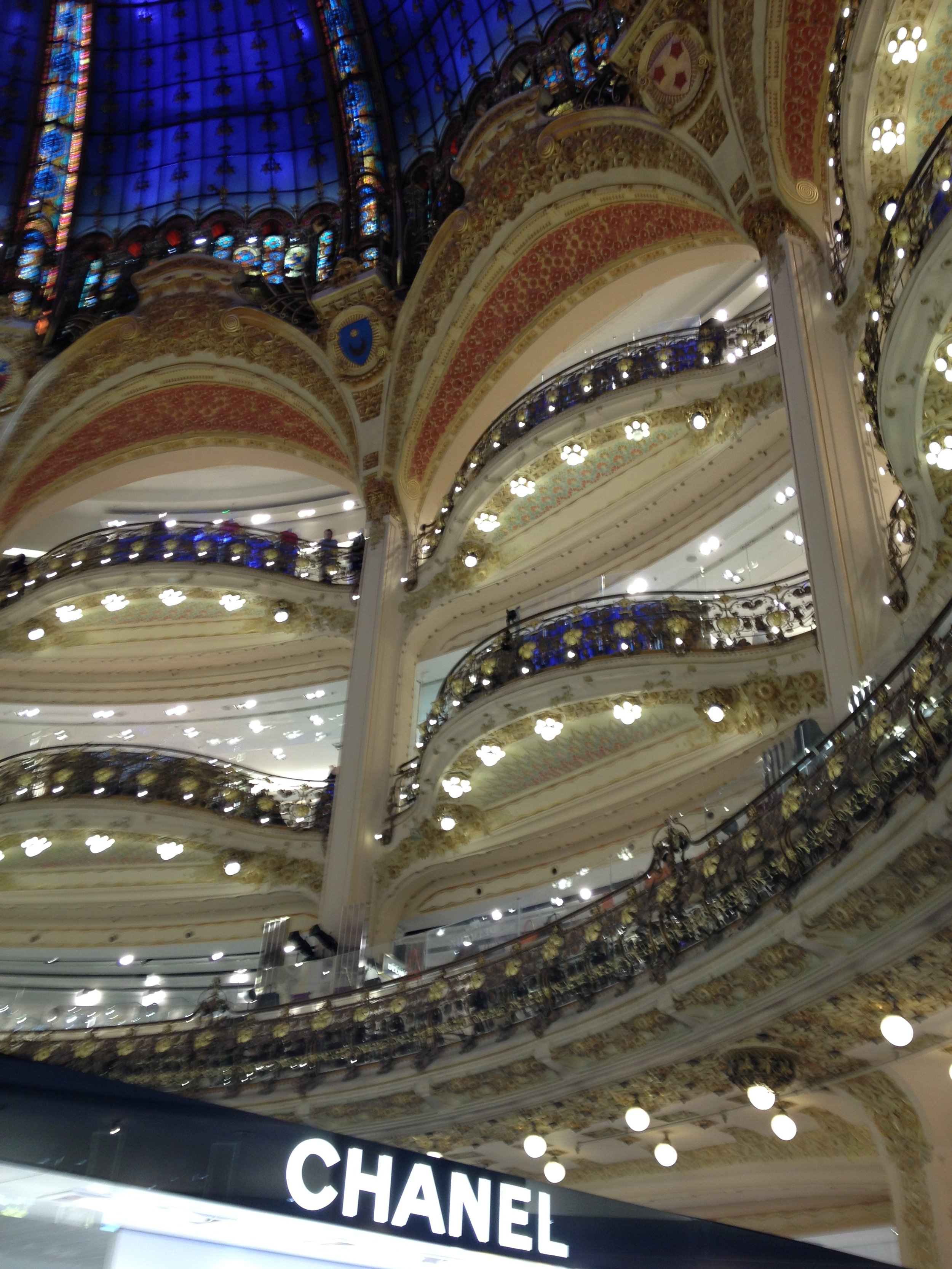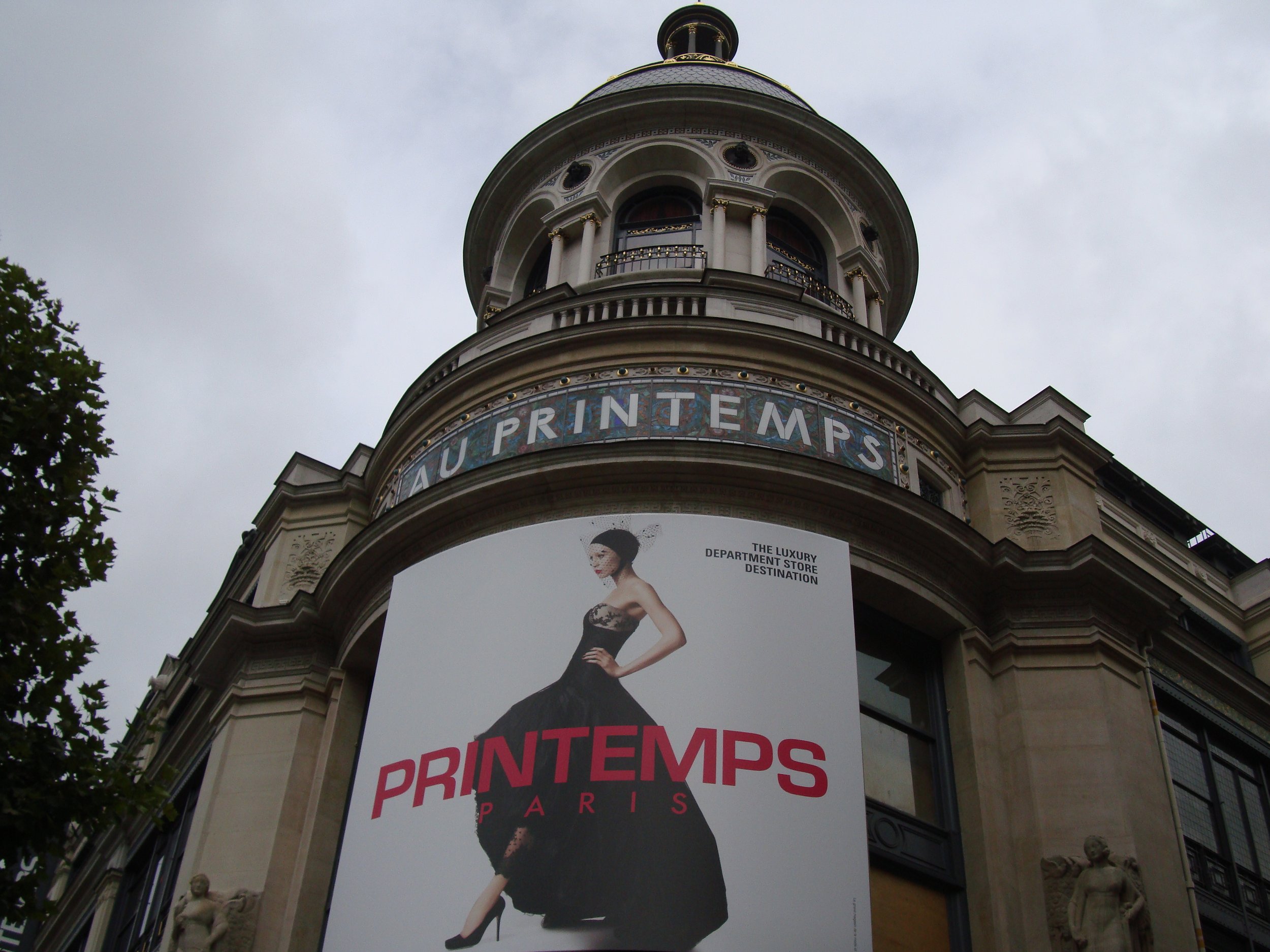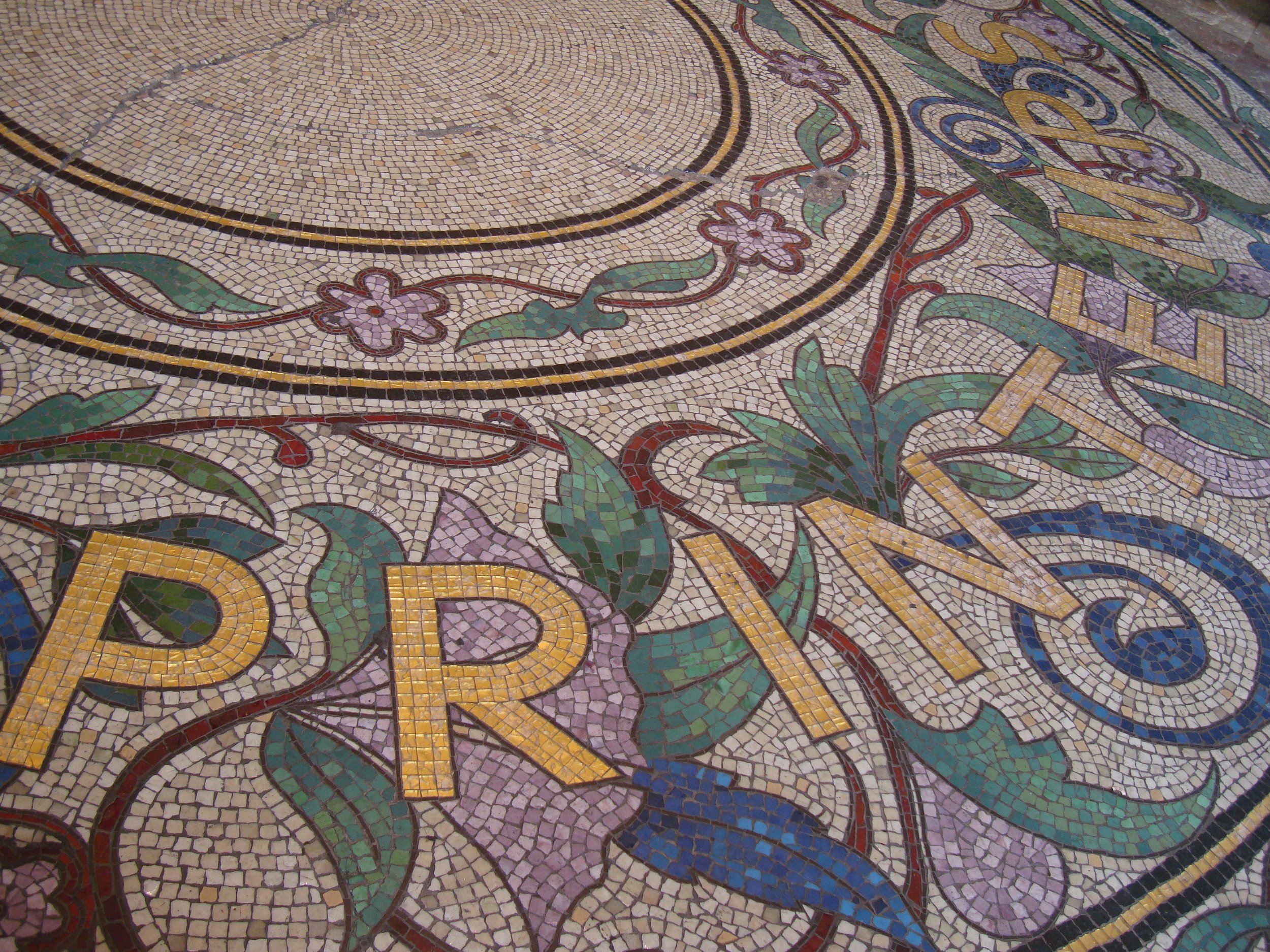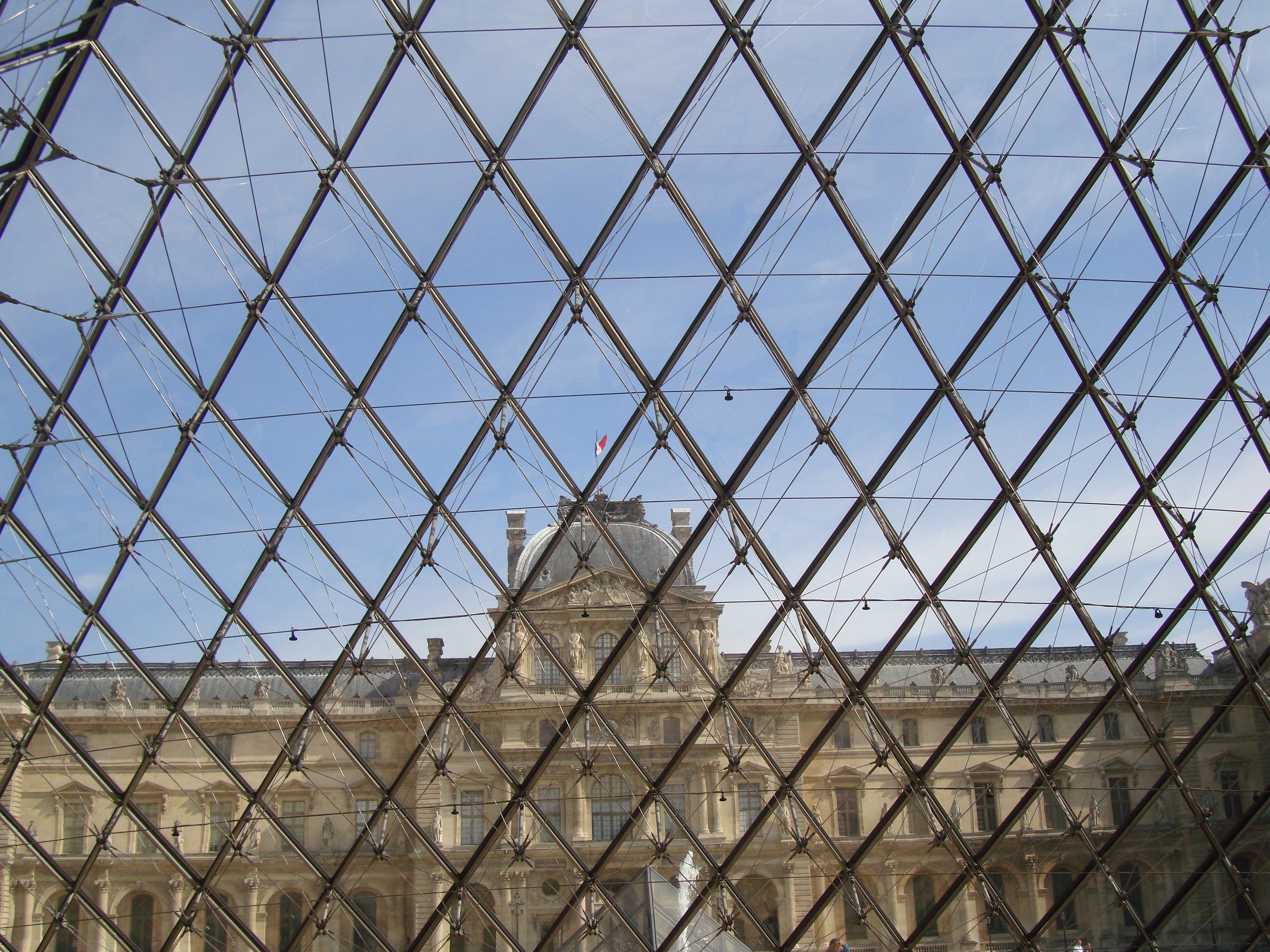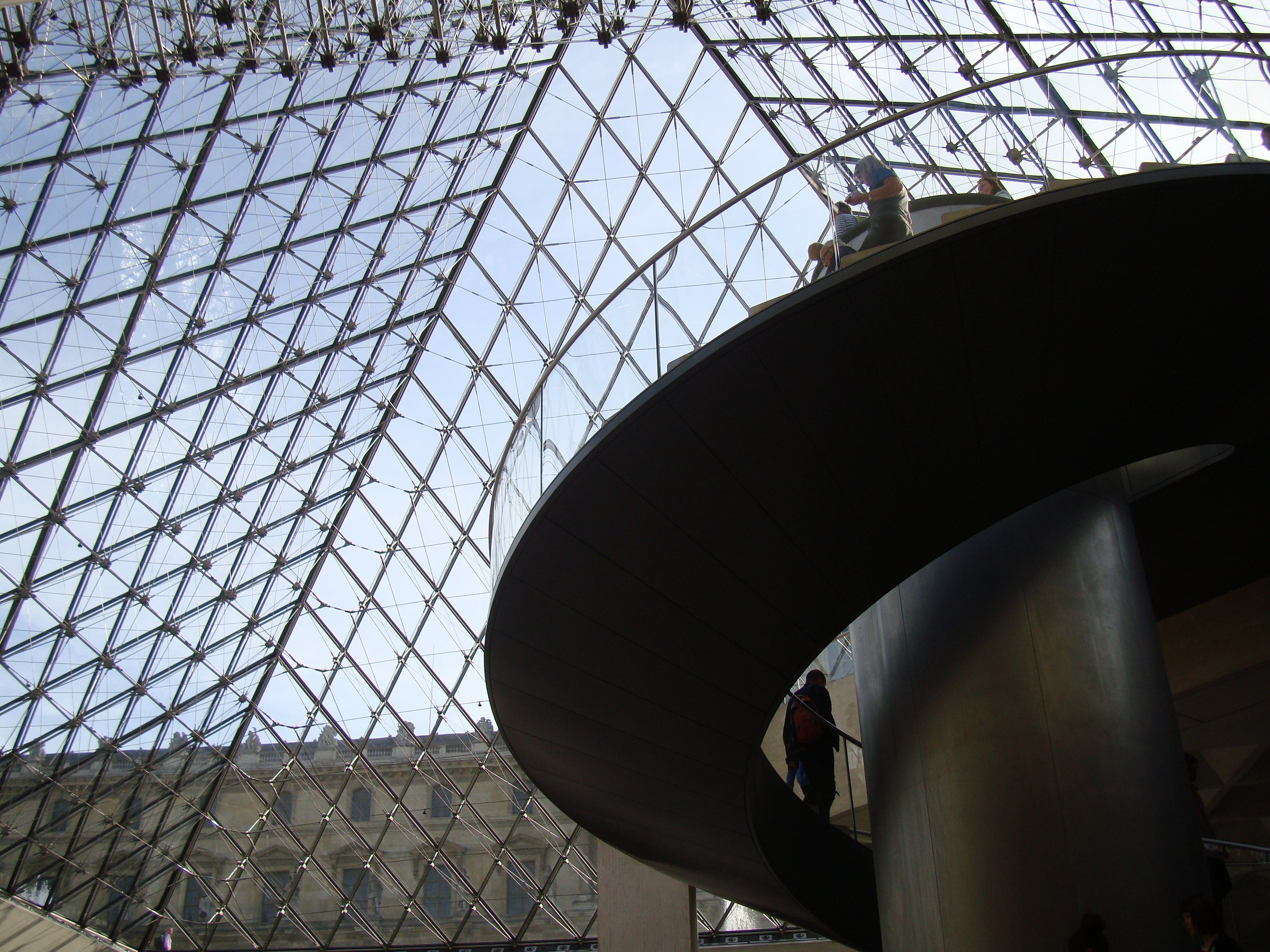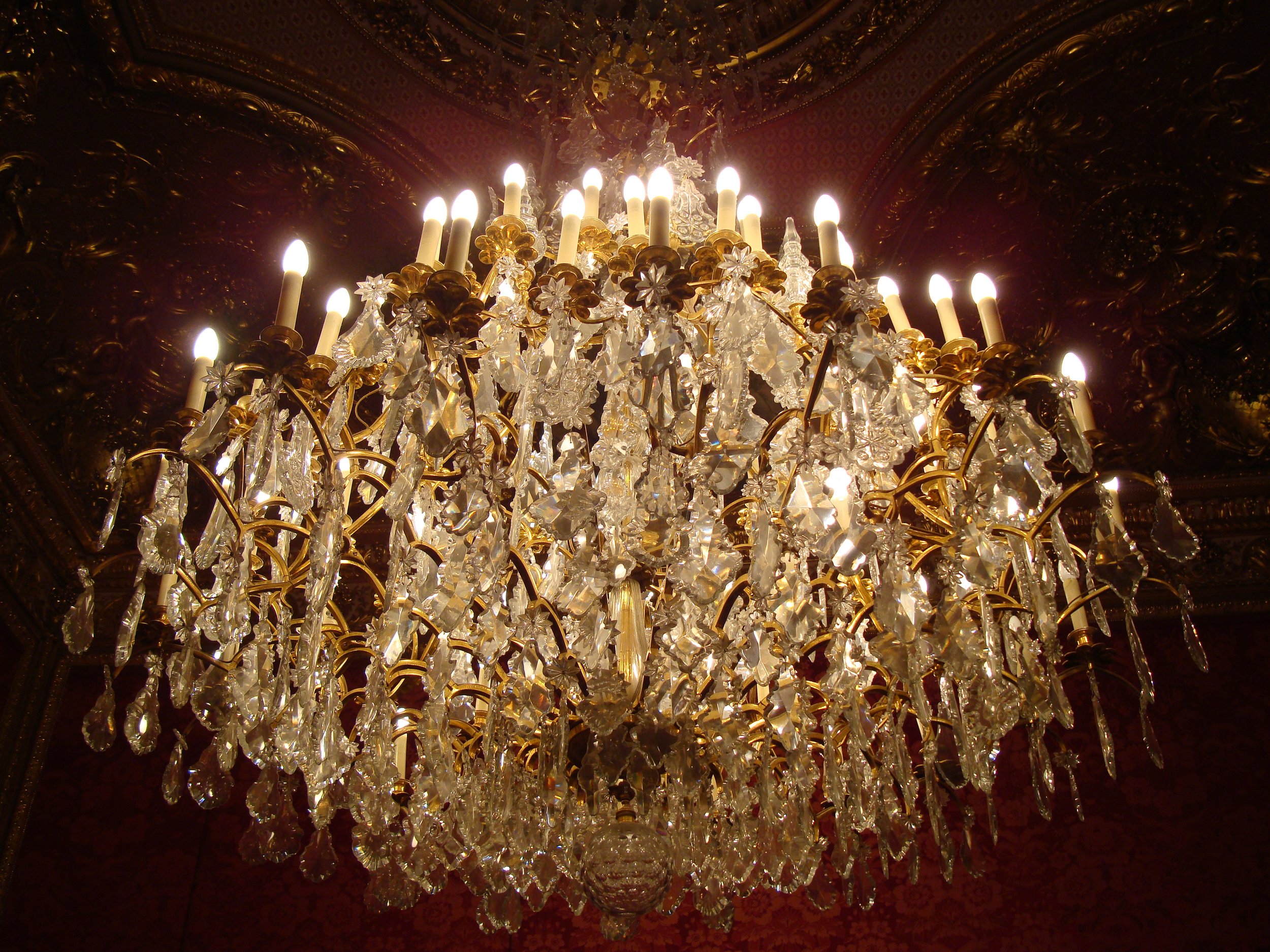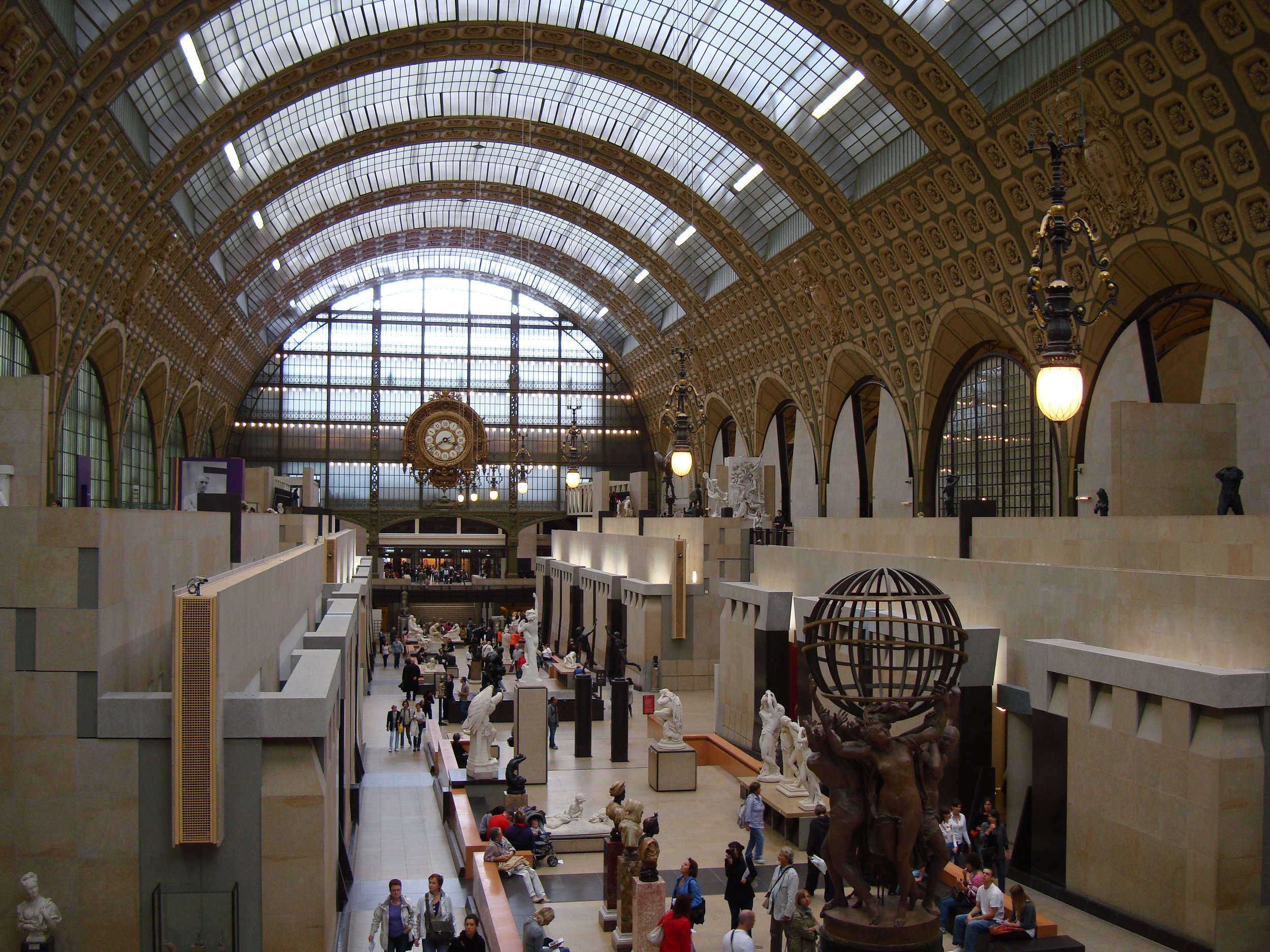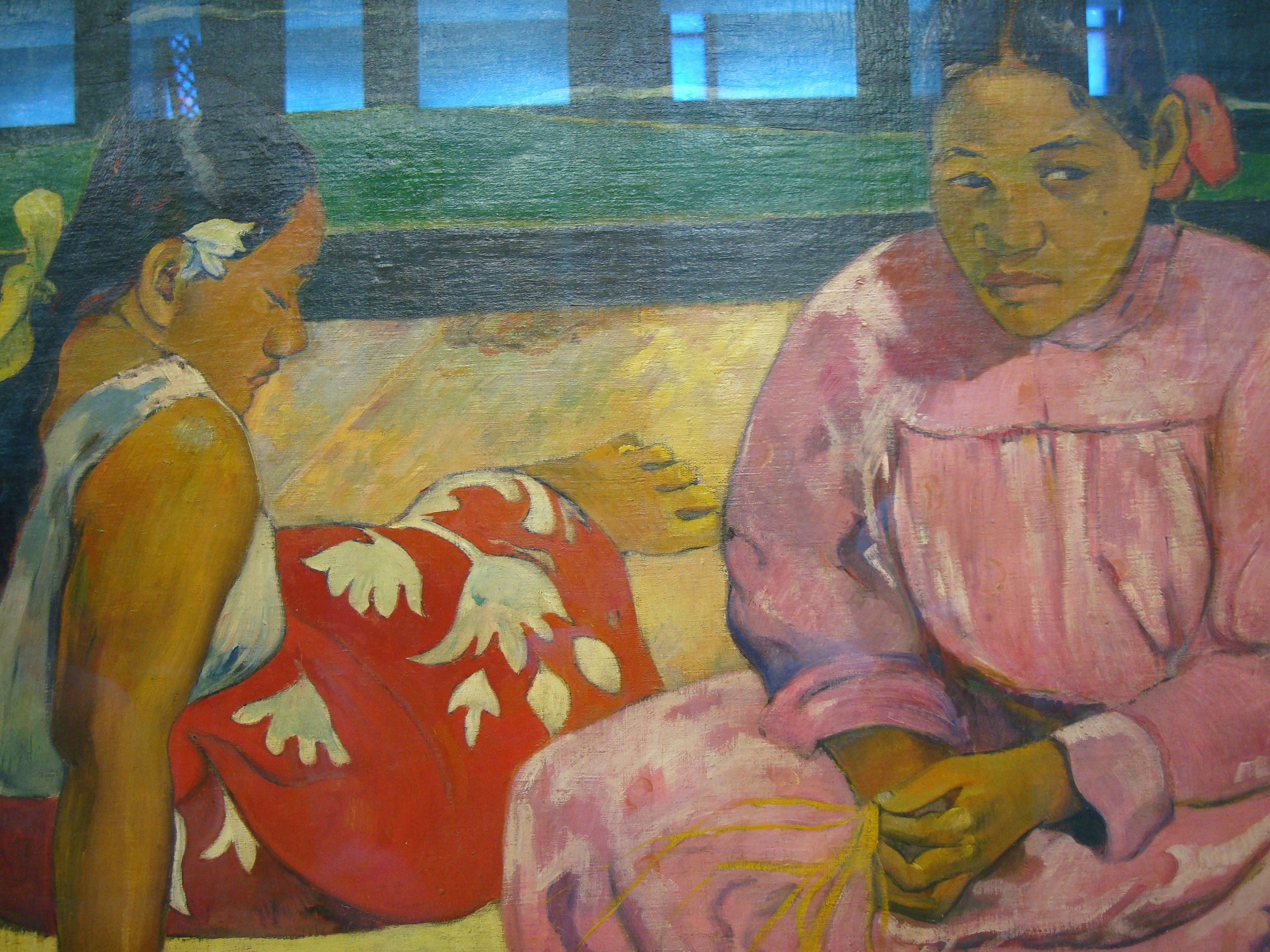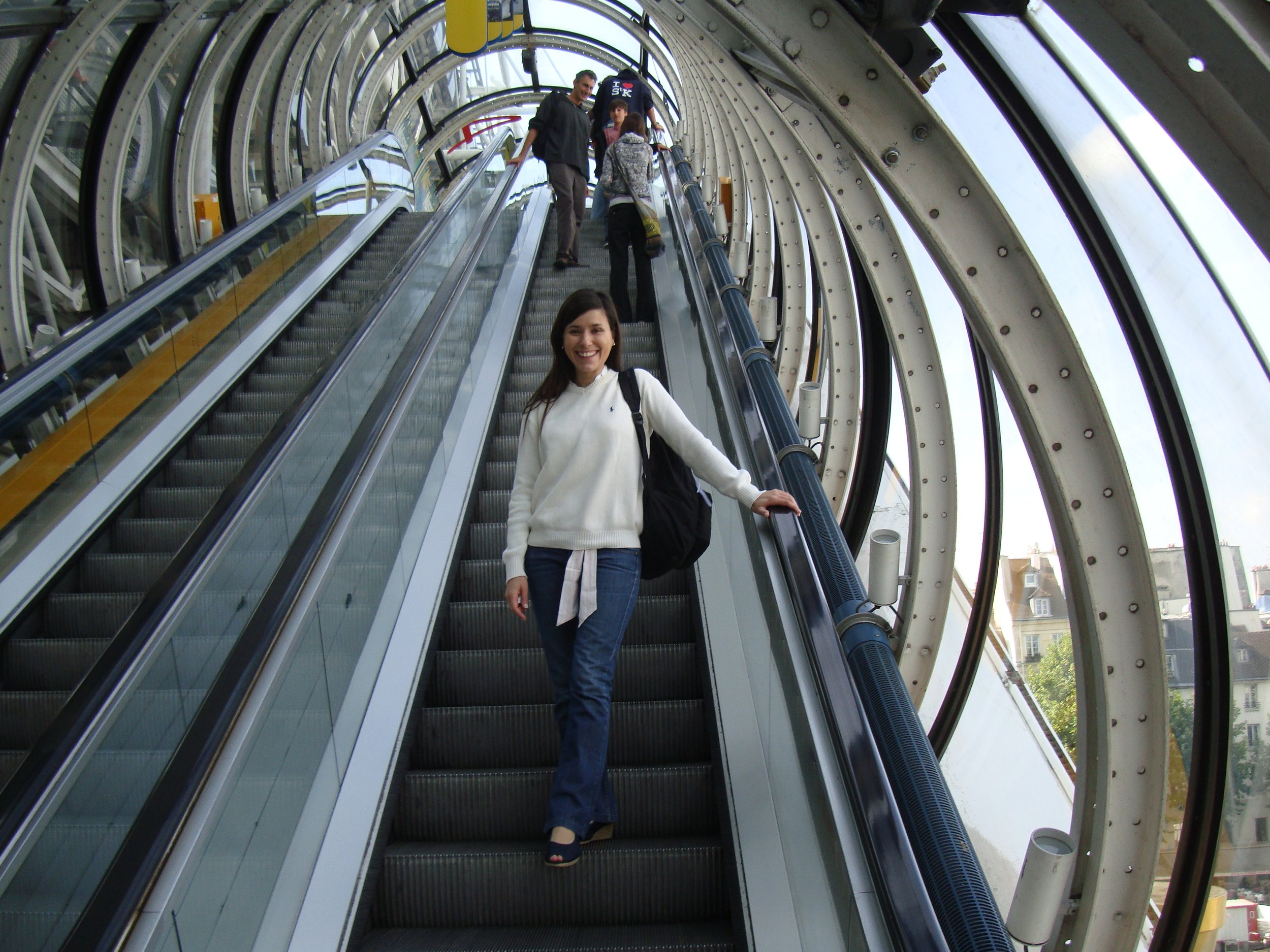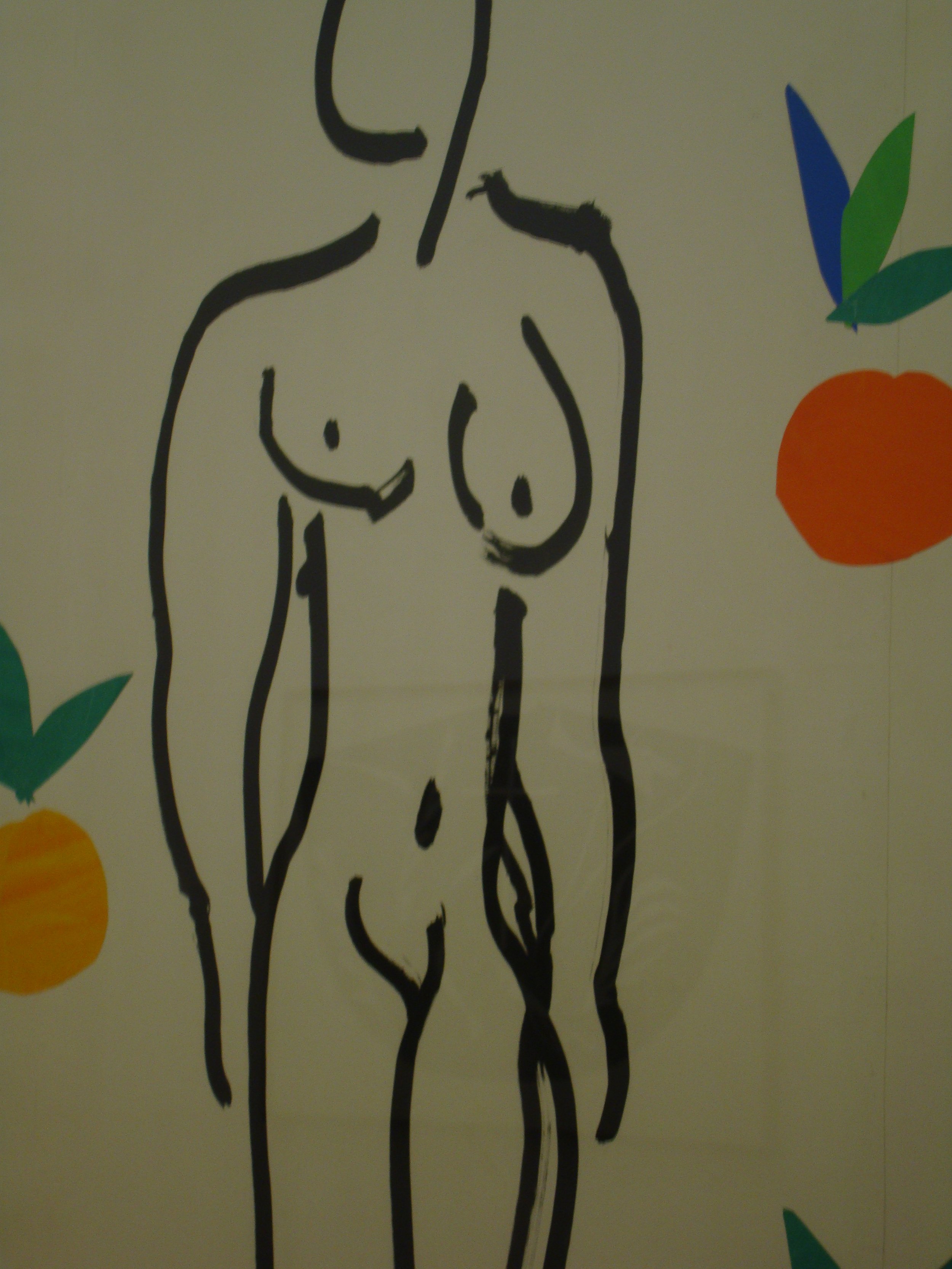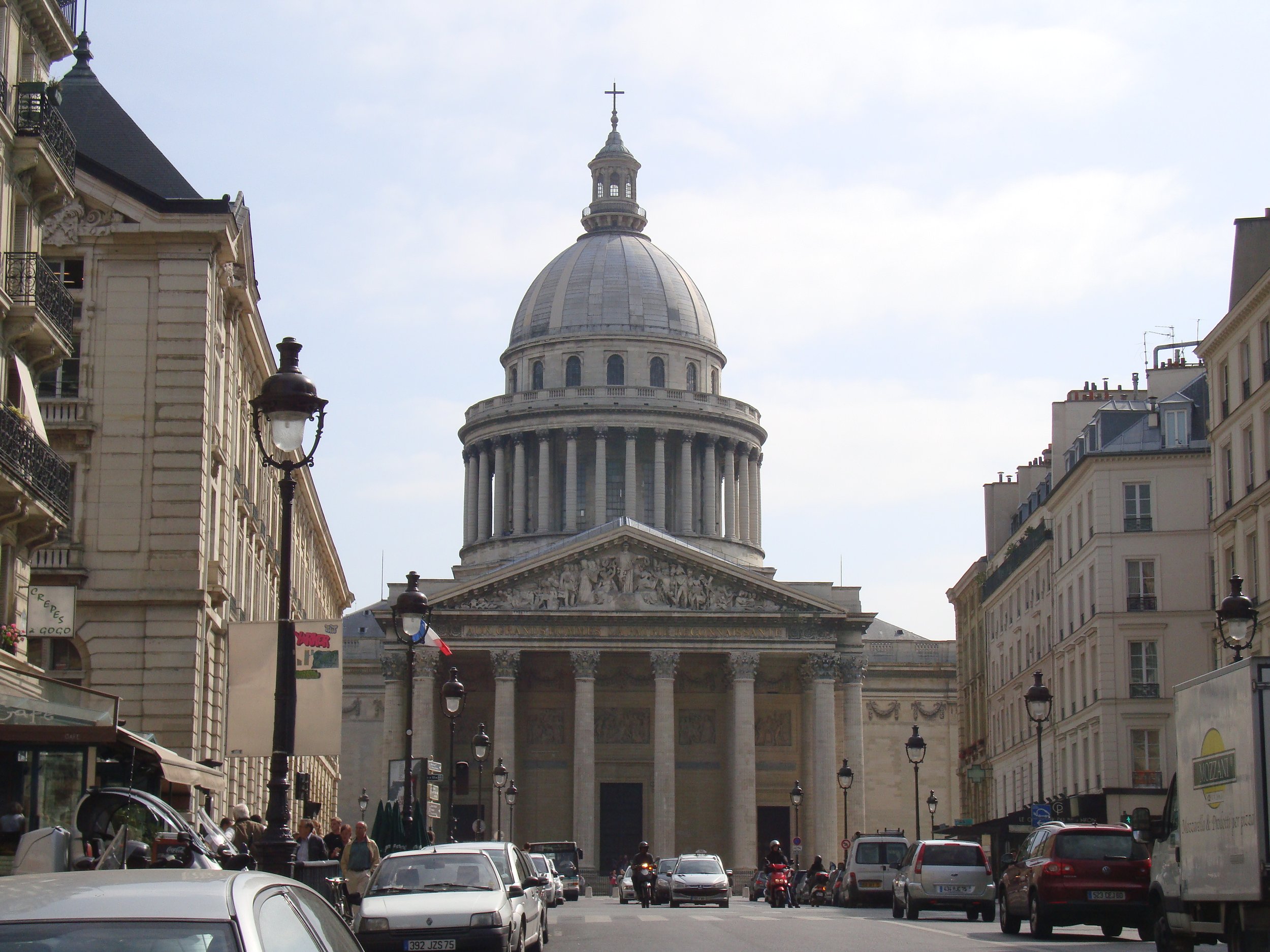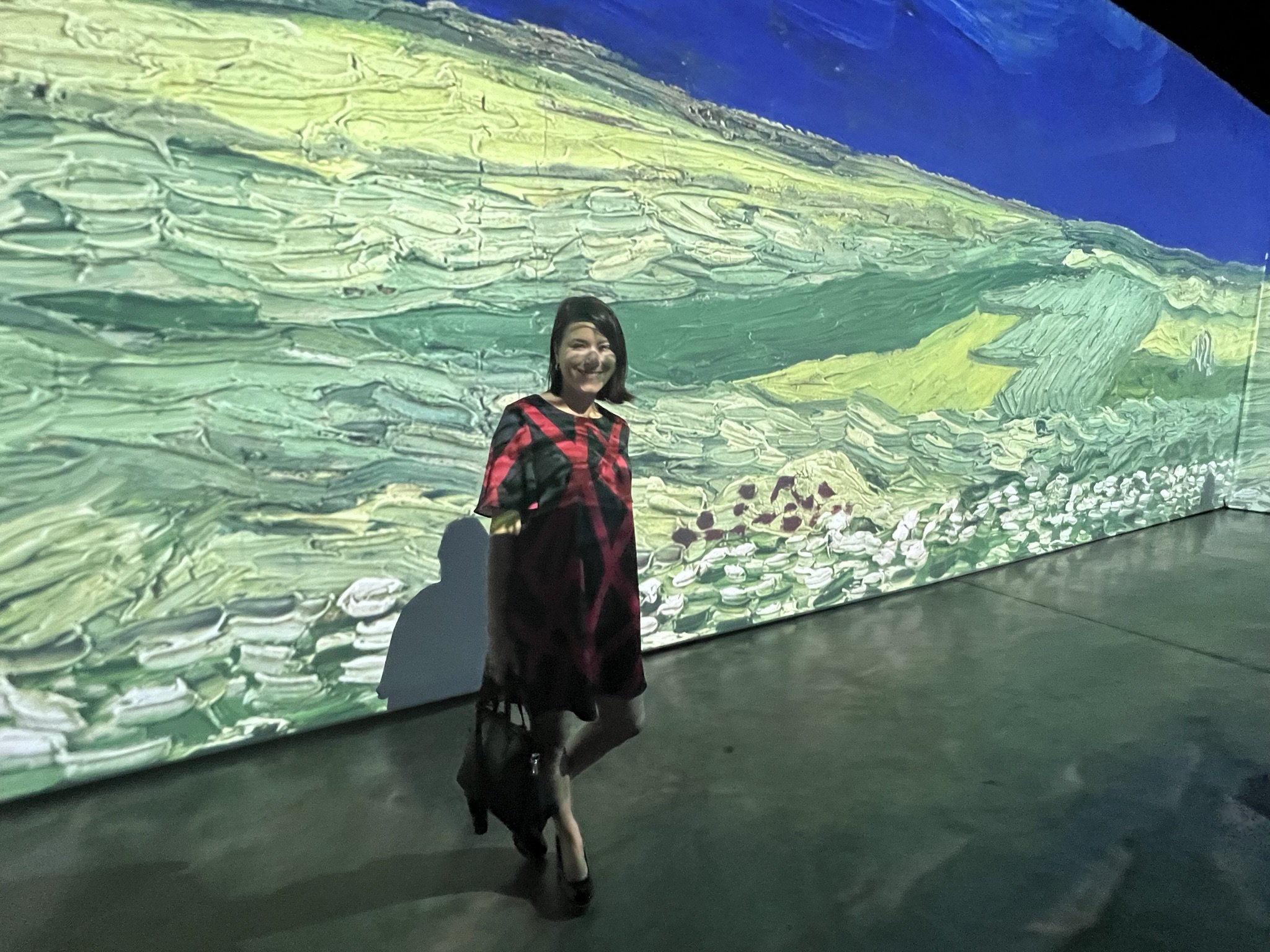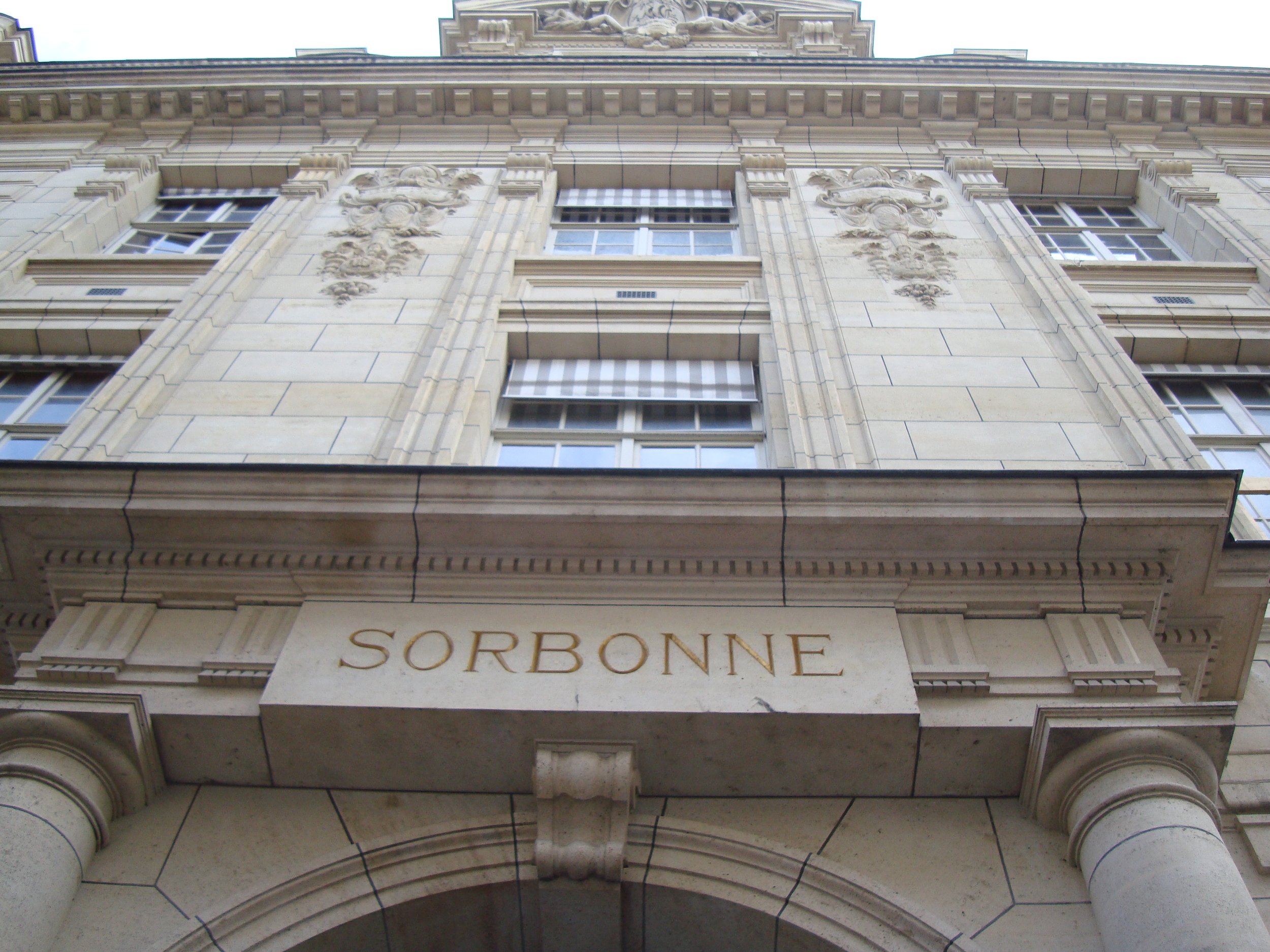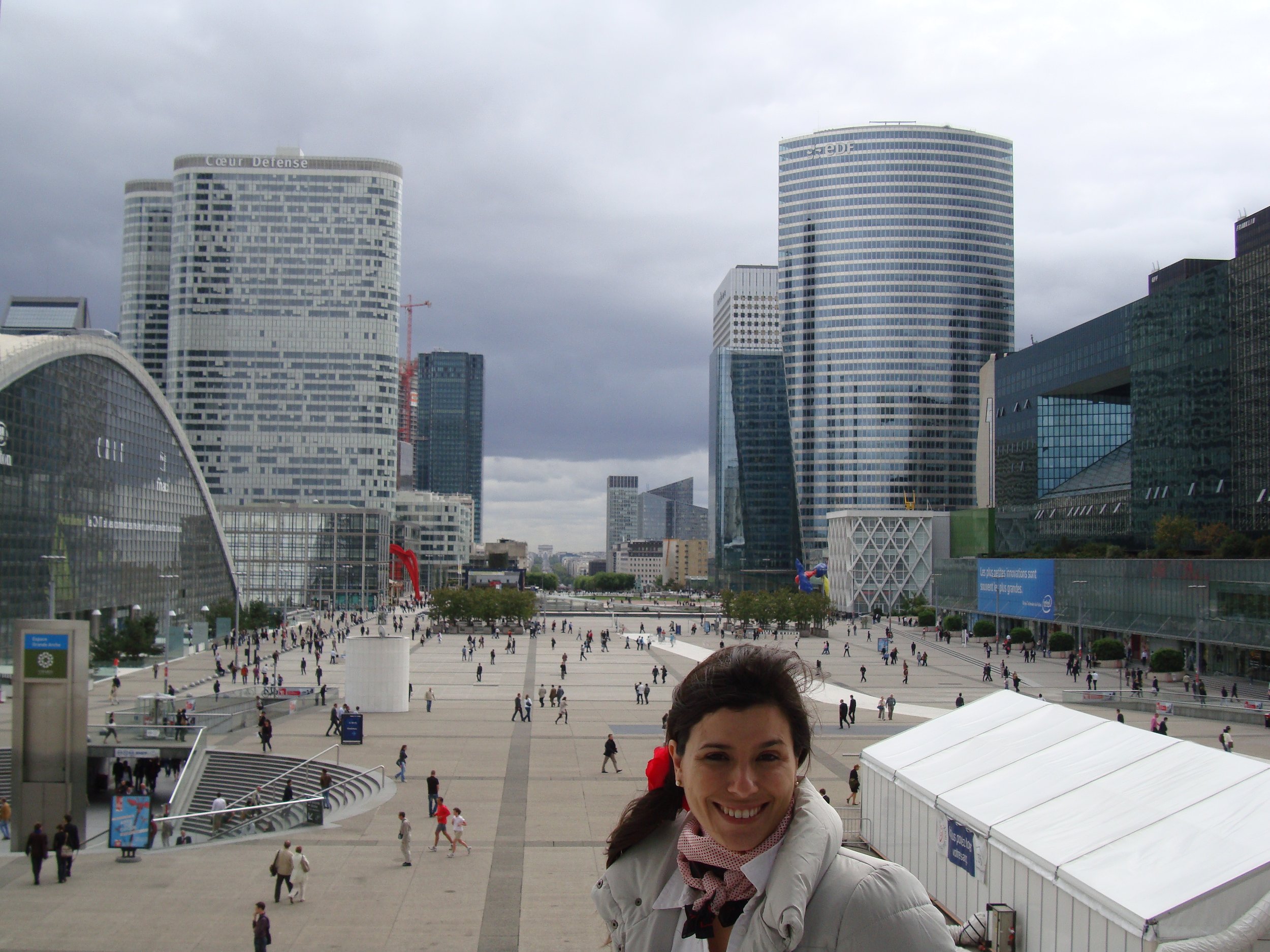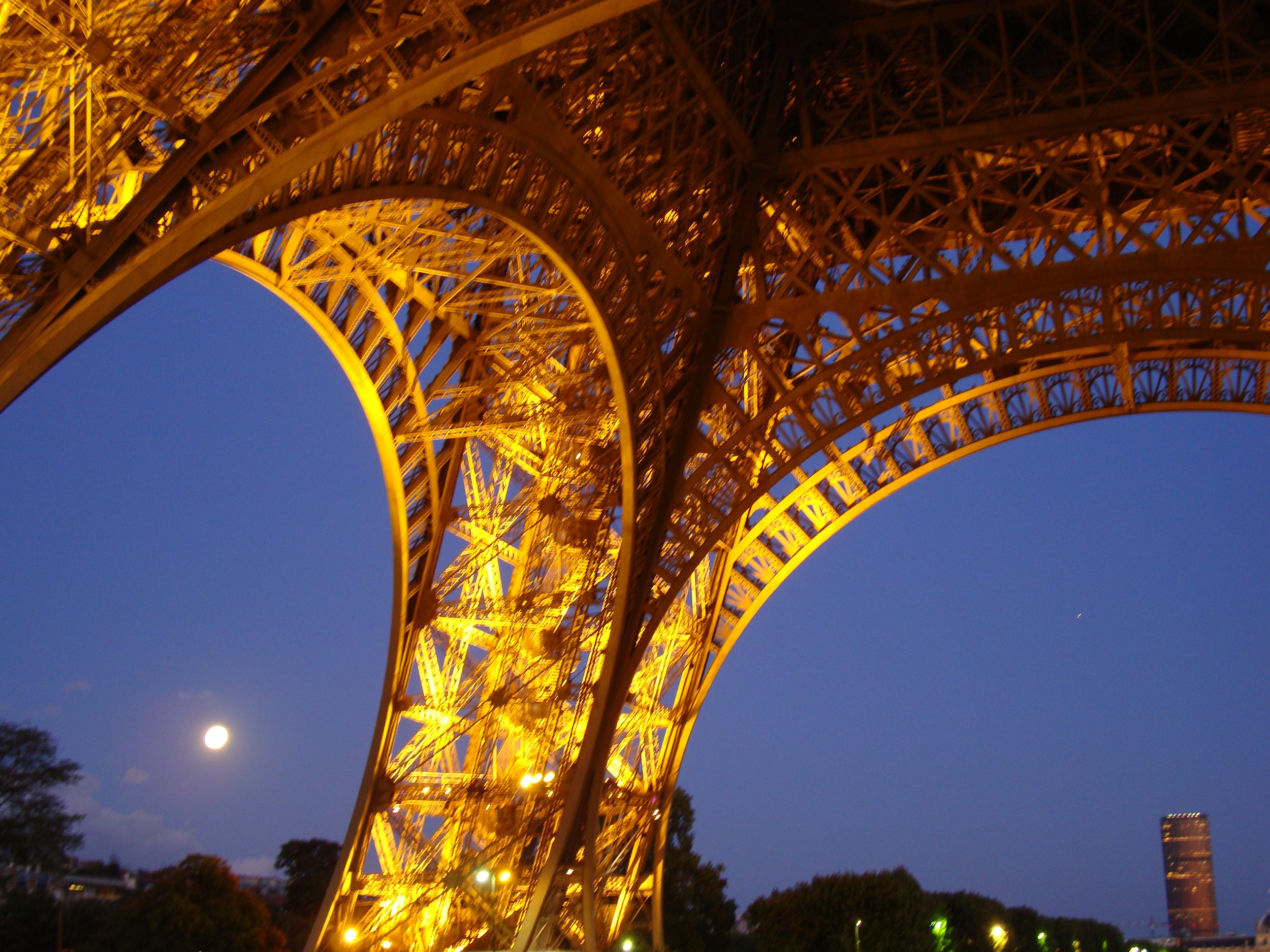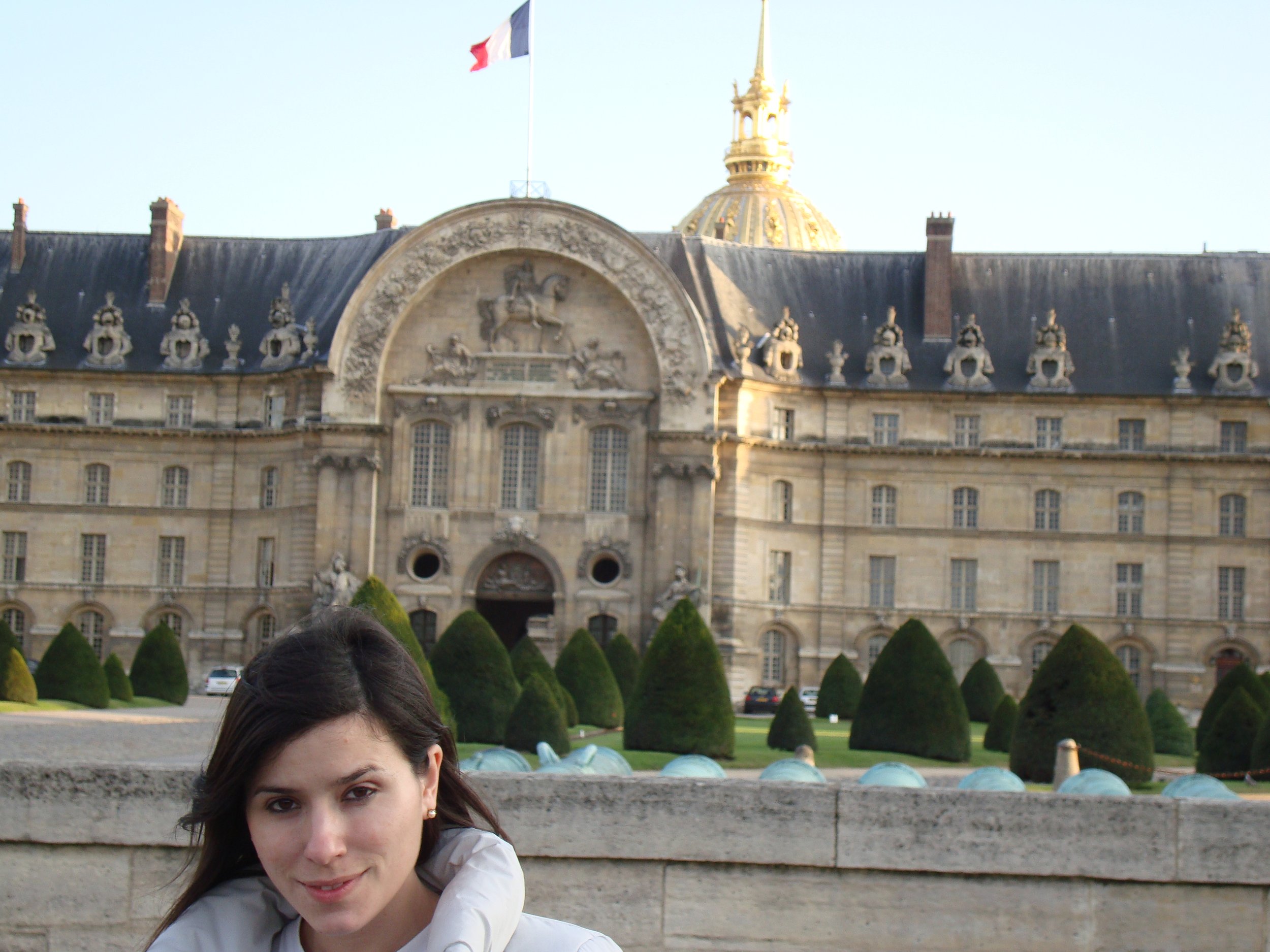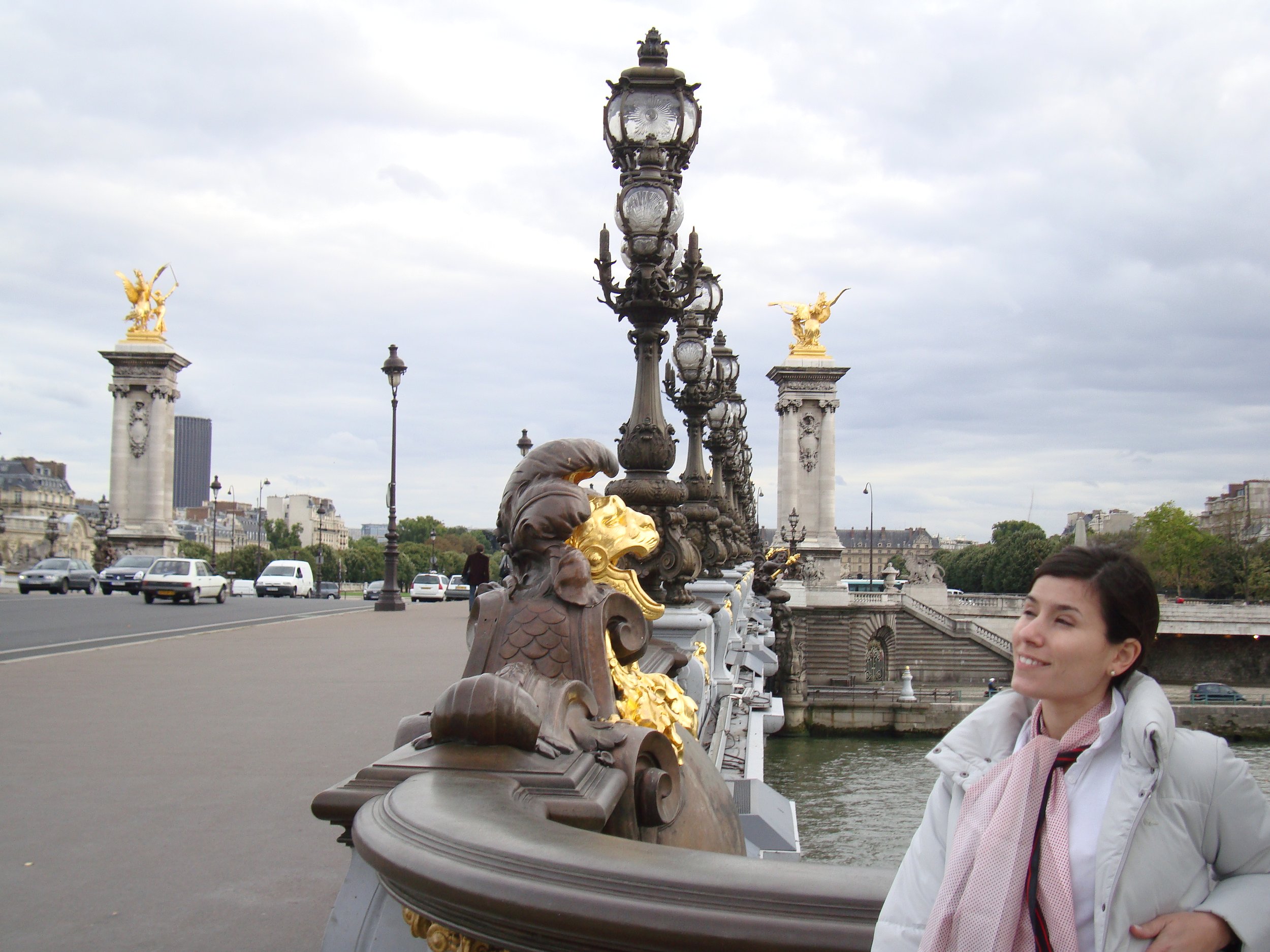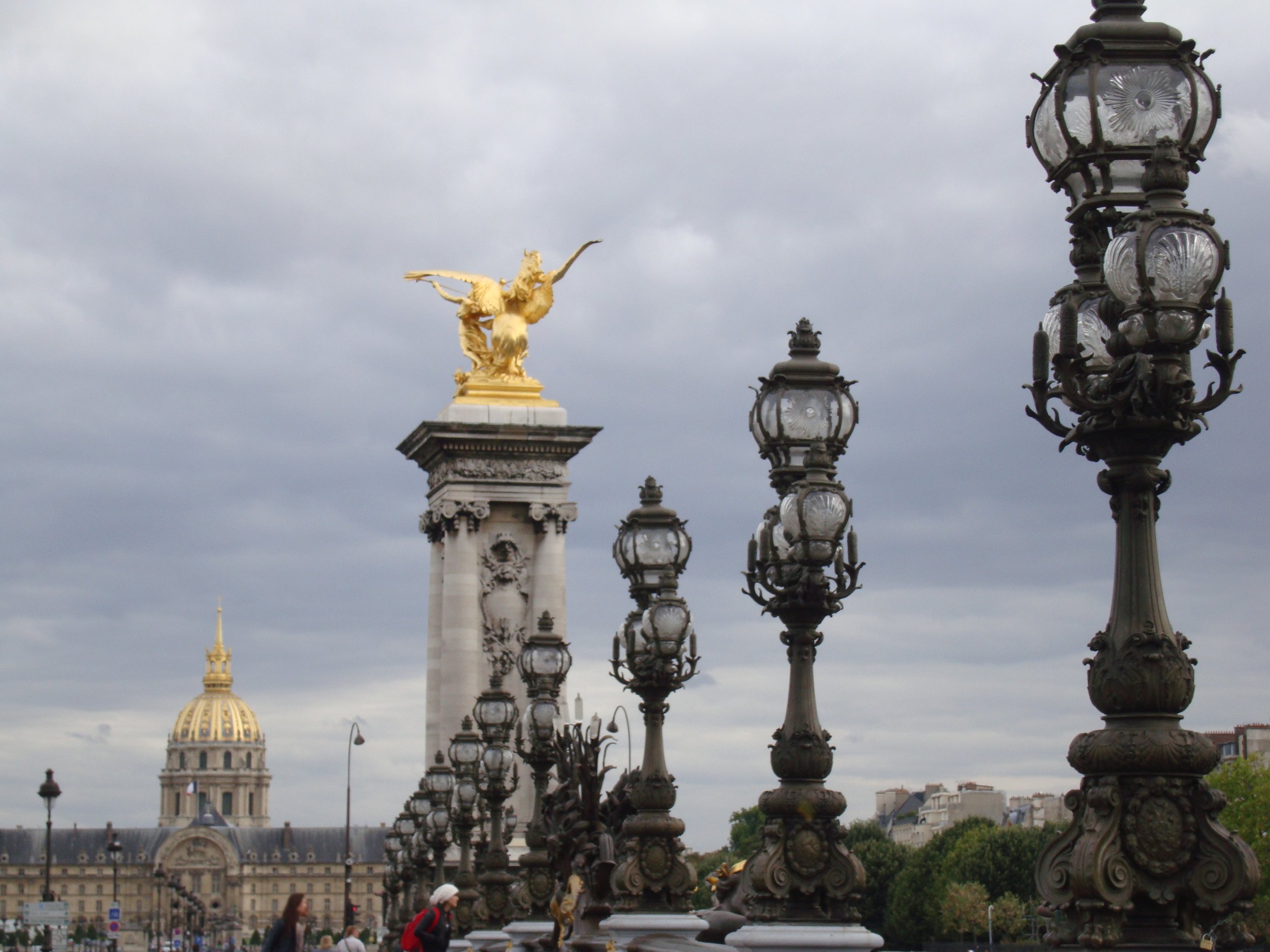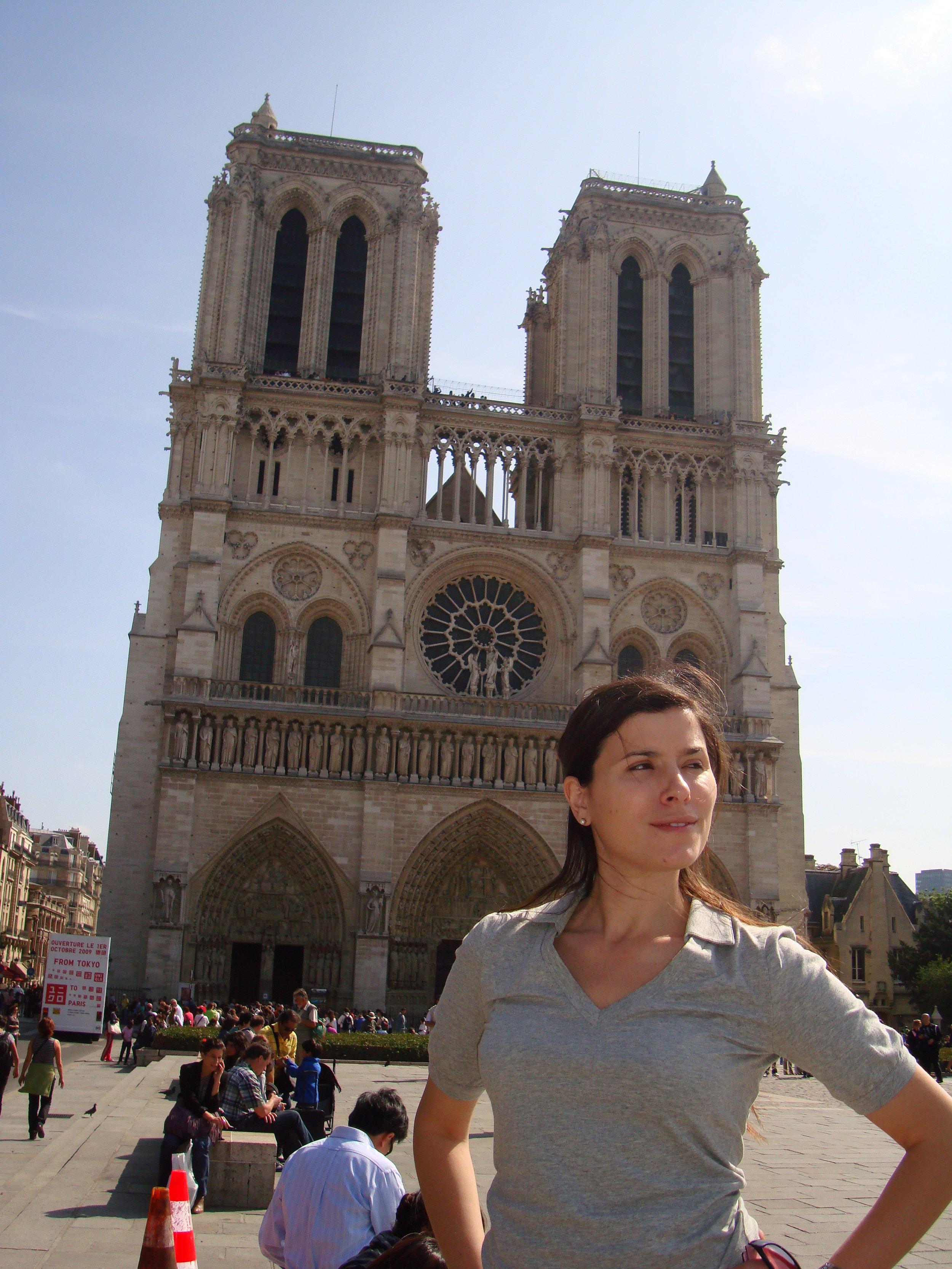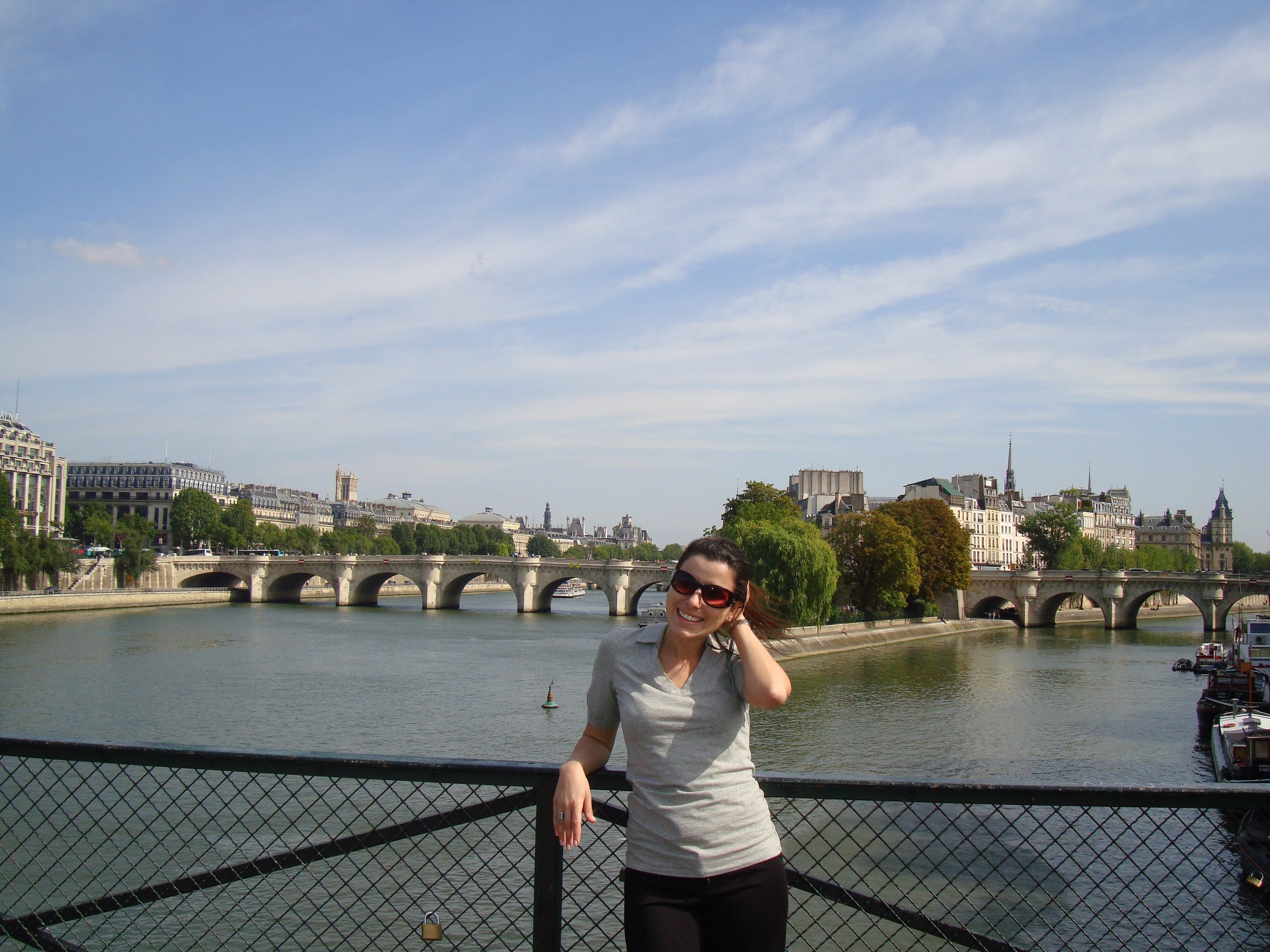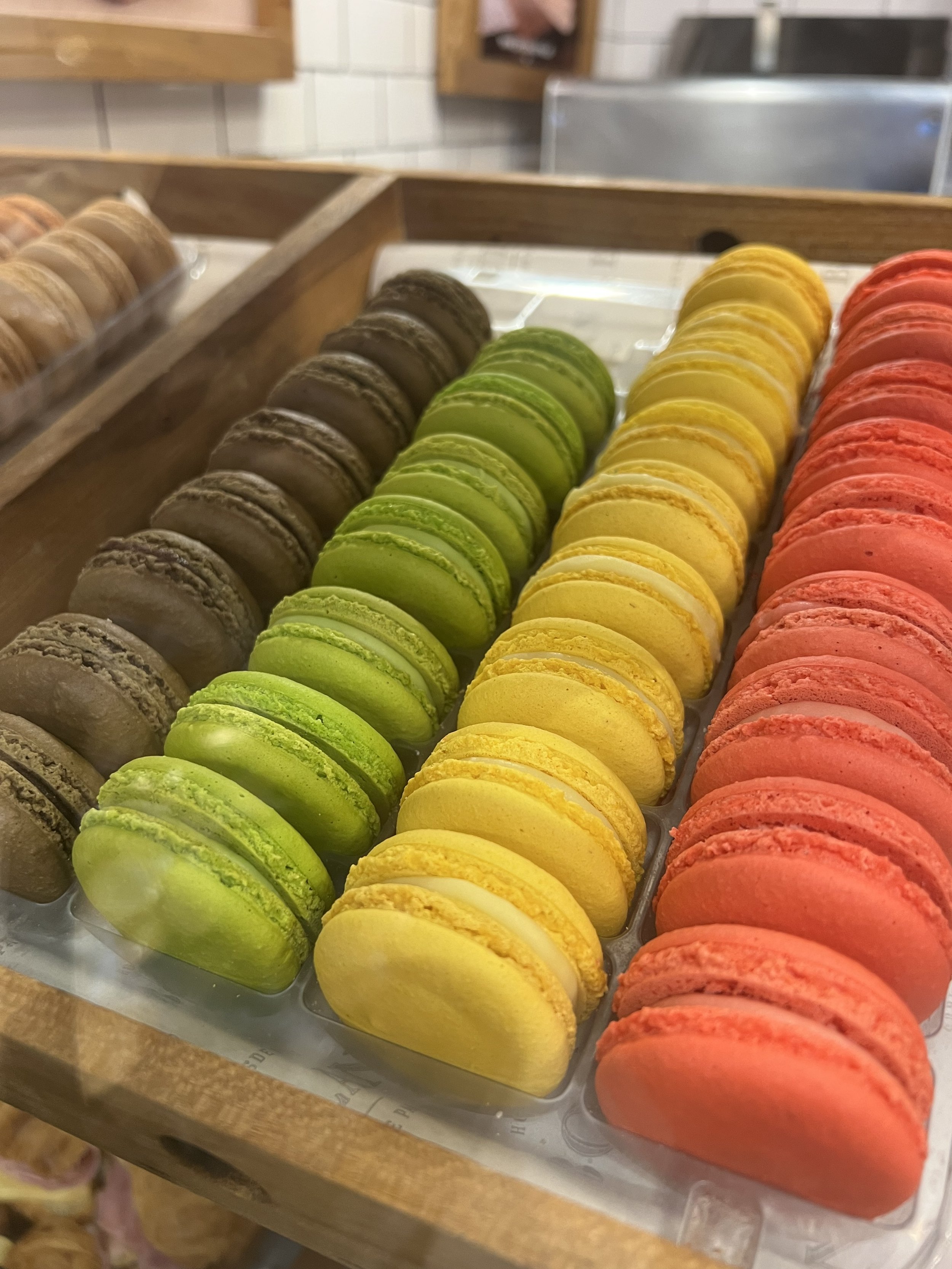París
My list of must-seesThe first city in Europe that I visited when I was twenty-three years old was Paris. Such was the overwhelming impact of so much beauty that the city of light became my undisputed favorite forever.
At every turn Paris offers art, culture, architecture, gastronomy and so many other attractions. It is one of those cities where just getting lost and wandering through its streets is a tour in itself, a walk through universal history.
The number of extraordinary museums and galleries that exist in Paris is unimaginable, so the recommendation is not to be overwhelmed trying to cover all its vast offer, but to know how to choose which one to dedicate time to, always so little when traveling.
In addition, buying admission tickets in advance is highly recommended.
The subway offers countless connections, so it is very useful and affordable to use the system, one of the largest in the world. In addition, its entrances and signage are very elegant and show the years of creation. The subway signs show the period of each station, all of them -with no doubt- with high design and ultra avant-garde.
A curious fact, I recommend always greeting in French with a "bon jour" or "bon soir" when communicating with a Parisian, especially if you also add the please, "sil vous plait". In my experience, cordiality is highly appreciated in France. And although the Parisian has a reputation for being rude, it is not difficult to imagine a certain exhaustion in the face of so many hordes of tourists who visit their city often in a rather impolite manner.
That's why, in Paris and - indeed - in any destination, it is advisable to be extremely polite to the locals.
A list of suggestions and proposals from @tripticity_ to visit the capital of France:
Place Vendôme & Rue Saint Honoré
Walk along this Parisian street, appreciate the showcases of the main haute couture fashion houses up to Place Vendôme. A real beauty. It is located in the First District and is a symbol of luxury. The colonnade in the center was erected by order of Napoleon and the architecture is the work of the famous Mansart.
Place de la Concord
Perhaps the most famous square of the city, for the countless historical events that took place in it. From there begins the Rue Royale, with a perspective view of the fabulous Madeleine church on one side and, on the other, the National Assembly.
In the center stands an obelisk that the French were able to exchange for a clock to the Egyptians. It was Louis Philippe I (Louis-Philippe d'Orléans), the last king of France, who made this tremendous exchange. Today the clock is located in the Citadel of Cairo. The obelisk that was part of the complex of the Temple of Luxor is a valuable archaeological object of extraordinary beauty and is a key point of Paris.
Fauchon
Visiting the historic and distinguished delicatessen Fauchon, located just behind the Madeleine church, is well worth a visit to appreciate its neoclassical colonnade exterior, like a majestic Greek temple, as much as its sober interior. Fouchon is undoubtedly located in one of the most exquisite neighborhoods in Paris.
The store, founded in 1886, is a perfect synthesis of Parisian sophistication and extraordinary French gastronomy.
The collection of "eclairs" -such delicious sweet pastries- is incredible.
Other must-tries are macarons. For cheese lovers, the fresh cheese section is absolutely delirious.
Ladurée
Ladureé is an upscale pastry store. It has a huge collection of macaroons. The macaron pyramids are a Parisian classic.
There are several locations in the main quartiers of Paris, but the favorites are undoubtedly those of the iconic Avenue des Champs-Élysées or Rue Royale just a few meters from the Place de la Concorde.
Lafayette & Printemps stores
Another must-see is a stroll through the Parisian department store. The art nouveau architecture of the Galeries Lafayette Haussmann is extraordinary, as well as the glazed dome, colorful stained glass windows that crown the central hall.
Nearby, also on Avenue Haussmann, are the Printemps department stores. On the seventh floor, in the women's section, there is an outdoor bistro with one of the best views of Paris. The Terrasse du 7ème Ciel offers drinks and snacks to enjoy the cityscape, be it the Eiffel Tower or the golden canopies of the Opera Garnier, the perfect planning of the modern city designed by Haussman.
Louvre
One of the most superb collections of universal art in the world, sharing the podium with probably the iconic Hermitage Museum in St. Petersburg and the MET in New York, is the Louvre Museum. It is impossible to visit it in its entirety, so my recommendation is to focus on personal interests, visiting its website before leaving on your trip. A must is to visit Napoleon's apartments, located in the Richelieu wing. These are Napoleon III's quarters, a true display of decorative art at its finest. Super highlights are the Hellenistic sculptures known as Winged Victory of Samothrace, representing the goddess of victory and the Venus de Milo; La Gioconda or Mona Lisa by Leonardo Da Vinci; the colossal painting of Veronese "The Marriage at Cana"; "The Coronation of Napoleon" by Jacques-Louis David and of course the representative canvas of Delacroix "Liberty Leading the People" of 1830, a symbol of the French Revolution and the birth of the Republic.
Musée d'Orsay
In the old train station of the Gare d'Orsey, opposite the Louvre, on the rive gauche (left bank) of the Seine, is the mecca of impressionism.
The Belle Époque building is beautiful, the light that invades the rooms is perfect, since the glazed ceiling of the station has been maintained, and the repertoire of paintings by the impressionists Manet, Monet, Renoir, Degas and the post-impressionists Van Gogh, Gauguin, Toulouse-Lautrec, Cézanne and Rodin, among others, is extraordinary.
From the windows of the large clocks that crown the large central pavilion (the ones that used to tell the time to travelers) there are beautiful views of the city.
L'Orangerie
An art gallery in the Tuileries garden, between the Louvre and the Place de la Concorde. It contains a spectacular collection of works by impressionist and post-impressionist artists, especially the huge panels of Claude Monet's "Les Nymphéas". The Nymphs are gigantic oil paintings on canvas that represent the pond in the garden of the artist's house in Giverny.
Georges Pompidou National Center for Art and Culture
The Georges Pompidou National Center of Art and Culture in Paris houses an important collection of modern and contemporary art. It was designed by architects Renzo Piano and Richard Rogers, under the parameters of the high tech style. All the functional elements such as pipes or ducts are outside, at sight, with strong colors, very industrialist.
Inside, works by Miró, Picasso, Modigliani, Matisse and Bacon stand out. It also contains the famous work of Marcel Duchamp, readymade, the Urinal or Fountain, a piece that changed the conception of art in the twenties, when a common and ordinary object was presented as a work of art by the daring artist, resignifying it.
Like almost every European museum, it has an impressive store.
Panthéon
A monumental construction of neoclassical style. Designed to be a church, after the Revolution and its secular principles it became the mausoleum where the remains of the illustrious of the Republic rest, hence its name. In addition, inside it swings the pendulum of Foucault. A must-see for history lovers.
L'Atelier des Lumières
The space offers the experience of immersive art. Projections of images of great artists of art history on a large scale, allowing you to experience the works from the inside, accompanied by music curated for each exhibition.
Saint Germain des Prés, Le Jardin du Luxembourg & Sorbonne
Saint Germain de Prés is the iconic district of the rive gauche of Paris that was characterized by its intellectual life, its top and designer stores. Its churches, Saint Germain, Saint Sulpice and Saint Severin, are beautiful architectural jewels. In addition, it is worth going to the famous Sorbonne University, and walk around the area full of students, as well as a visit to the unmissable Luxembourg Gardens.
Montmartre & Sacre Cour
In the artistic bohemian district, where impressionism exploded, is the minor basilica of the Sacré Coeur de Montmartre. From its steps you have an unforgettable view of the city as it is located on a hill. Artists with their lecterns offer visitors portraits as they pass by. It is another of those Parisian neighborhoods where it is enough to get lost in its cobblestone streets.
La Défense
The modern version of the city. A business district, with tall and innovative buildings, located to the west, with an incredible perspective of the Arc de Triomphe; in fact, from the Arc de la Défense or Grande Arche you can see it in the distance. It houses monumental works of modern and contemporary art by Alexander Calder, Joan Miró, Bernar Venet, Takis, among other great artists, making it an open-air museum.
Eiffel Tower
The symbol par excellence of Paris, it is a colossal iron structure designed for the Universal Exhibition held in 1889. It is located on the Seine riverbank, at one end of the great Champ de Mars. Climbing to the top guarantees a spectacular view at 276 meters.
Trocadero
A huge square just in front of the Eiffel Tower, on the other side of the Seine River. It features the neoclassical Palais de Chaillot, with its famous curved colonnade, and the beautiful Trocadero gardens, perfectly aligned with the tower.
Crossing the Seine over the Pont Alexandre III - Hôtel des Invalides & Grand and Petit Palais
The elegant Beaux Arts style bridge connects the Esplanade des Invalides with the gardens of the beautiful Grand and Petit Palais complex. The Hôtel des Invalides is the museum of the Navy, which houses the huge tomb of Napoleon, whose peculiarity is that when contemplating it the visitor must necessarily bend down and bow to the Emperor. On the other side of the river, the Petit Palais contains the Musée des Beaux-Arts de la Ville de Paris, while the Grand Palais serves as a venue for exhibitions and cultural events. Iconic fashion shows by French haute couture houses such as Dior and Channel, as well as celebrated exhibitions, have taken place in its gigantic art nouveau-style interior salon with a glazed ceiling.
Bateaux Mouche by night
Tourist excursion, but well worth it. A boat ride along the Seine allows you to appreciate the perfect Parisian architecture, the great monuments, its bridges and palaces.
Notre Dame, Sainte Chapelle, La Conciergerie & Île de la Cité
On the Île de la Cité, where the city was born, there are several dazzling medieval buildings.
To begin with, Notre Dame in Gothic style, with its unique flying buttresses, majestic towers and high sculptural decoration. Inside, the rose windows of the transept are striking, the north representing the New Testament and the south the Old Testament. Pure light and color enter through these enormous stained glass windows.
Very close by, in the Palais de Justice complex -where the old royal palace of Saint Louis used to be- stands Sainte Chapelle, the royal chapel of the Île de la Cité, where the relics of King Saint Louis of France are kept, among which the crown of thorns stands out. The soaring windows of the Gothic church, supported by slender mural holders, make it a real glass box, bright and colorful.
Nearby, also within the complex, is La Conciergerie, former residence of the first kings of France, later converted into a state prison, where Marie Antoinette was kept before being executed in the guillotine at Place de la Concorde.
Crossing the Pont Neuf to reach the Ile de la Cité is to walk through history. Despite its name (New Bridge), it is the oldest bridge crossing the Seine.
It is also worth visiting the picturesque flower market (Marché aux Fleurs Reine Elizabeth II) nearby.
Another must-see is the antique Paris Metro signage at the Cité Station. The avant-garde entrance is a beautiful example of the Golden Age, of the Parisian Belle Époque.
Ópera Garnier
The emblematic Paris Opera House, designed by the architect Charles Garnier, is monumental. It is one of the most famous theaters in the world, as much for its exterior beauty as for its interior decoration. The sculptures that adorn it represent scenes from Greek mythology.
Les Champs-Élysées & Arc de Triomphe
Walking along one of the most famous avenues is an invitation to enjoy luxury, beauty and perfection.
Haute couture brands, luxury jewelry stores and even high-end automakers have their stores on the Champs-Élysées. And at the end of the straight, the imposing Arc de Triomphe, commissioned by Napoleon Bonaparte for his victory at the Battle of Austerlitz.
It is located in the Place de l'Etoile, now called Charles de Gaulle, redesigned by Haussmann, who was the one who modernized the city and turned it into the great city of grand avenues and boulevards. Like everything else in Paris, another must-see!
Supermarché
Personally, visiting a supermarket in a big city is most enlightening, as much as getting lost in a fruit, fish or flower market. In the case of the Parisian supermarché, more than an invitation, it is a must, since the prestigious flavors of French gastronomy can be appreciated just by buying a fresh baguette and some of the hundreds of local cheeses to enjoy in the gardens or public squares that the city has to offer. It is also an opportunity to buy sweets, jams or tea to bring home.
Fondation Louis Vuitton
Work of the genius of Frank Gehry, this is the museum of the luxury brand holding company LVMH. It recognizes as an objective to promote art and culture and has an extraordinary exhibition of contemporary art. It is located on the outskirts of the Boulevard Peripherique in Paris, in the Bois de Boulogne park.
Versalles
The Palace of Louis XIV, the Sun King, consists of Versailles, the Grand Trianon and the Petit Trianon, all surrounded by an immense and ornate park with ponds and canals. Located about an hour from Paris, it is known for its famous Hall of Mirrors. It is majestic and a symbol of the grandeur of the French monarchy of the seventeenth century.





